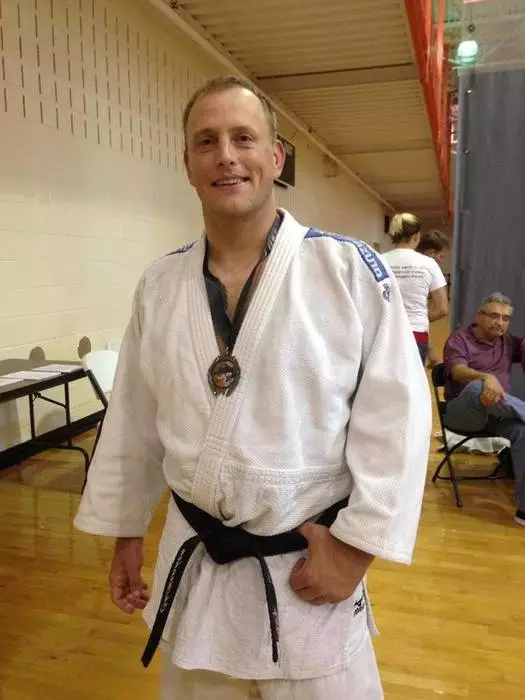
Legos and Jiu-Jitsu: Building Skills, One Block at a Time
At Mad Science, our youth Jiu-Jitsu classes are all about movement, learning through games, and having a great time while developing skills. If you’ve ever been around for the end of one of our youth classes, you might have heard me ask the kids a curious question:
“Who wants to know about Legos?”
It’s not a trick question—it’s one of my favorite ways to help the kids understand how the pieces of their training fit together. And honestly, it works like magic.
The Lego Analogy: A Lesson in Learning
Most kids light up at the mention of Legos. When I ask, “Who has ever played with Legos?” I usually get a 100% response rate, with eager hands shooting into the air. This enthusiasm gives me the perfect opening to explain how their Jiu-Jitsu training is like playing with Legos.
I usually kick things off by asking them what happens when they open a brand-new box of Legos. The kids throw out a few answers—“You get a pile of pieces!” “There’s an instruction book!”—and I recap for them:
“Exactly. You get a pile of Lego pieces and an instruction book that shows you how to build something amazing—a spaceship, a race car, a castle—whatever that set is designed for.”
At this point, the kids are locked in, and I ask them a follow-up question:
“What if I gave you a pile of random Legos, with no instructions? Could you build something?”
The answer is almost always a unanimous “Yes!”
How Do You Build Without Instructions?
Here’s where the lightbulb moments start. I ask them:
“How do you build something without instructions? How do you know what to do with just a pile of Legos?”
This part can be tricky for them at first. Unless the kids have heard this analogy before, I usually see a few puzzled faces. So, I coach them along, saying something like:
“You can build something because you know how the pieces fit together. You know that a six-block can connect to an eight-block, and the spinning piece can attach here or there. You’ve done it before, and you know how it works.”
By this point, you can see the wheels turning. They start to get it. They’ve built countless things with Legos in the past, so this makes perfect sense to them.
Connecting the Dots (and the Blocks)
Now that they understand how Legos fit together, I tie it back to their Jiu-Jitsu training:
“The movements you learn in class—things like shrimps, choke pulls, and scoots—are like individual Lego pieces. They’re the building blocks.”
Then, I explain how the games we play (which are secretly drills, but let’s face it, ‘games’ sound way cooler to kids) are like following an instruction book. When we do a specific drill, we’re giving them a set of Lego pieces and step-by-step instructions to build something specific.
Finally, I will talk about how rolling, or sparring, is like getting a random pile of Legos with no instructions. You have to figure out what to build on your own, using the pieces you’ve learned to connect along the way.
Why It Works
This analogy resonates because kids already understand how Legos work. They’ve built countless things with those colorful blocks, both by following instructions and by improvising with a random pile. Translating that experience to Jiu-Jitsu makes the concept of connecting movements feel accessible and fun.
It also reinforces a deeper lesson: Jiu-Jitsu isn’t just about memorizing moves; it’s about understanding how those moves work together. It’s about being creative, adaptable, and resourceful—just like building with Legos.
Building Skills for Life
As a coach, my goal isn’t just to teach Jiu-Jitsu techniques. I want the kids to develop problem-solving skills, creativity, and the confidence to figure things out on their own. The Lego analogy helps them see the bigger picture of what they’re learning.
By the time we wrap up the class, the kids walk away not only with improved skills but also with a new perspective on how those skills fit together. And let’s be honest—if they leave thinking about Legos, Jiu-Jitsu, and how much fun they just had, I consider that a win.
So, the next time you hear me talking about Legos at the end of class, you’ll know why. It’s not just about blocks or spaceships—it’s about building a foundation, one piece at a time, for something much bigger.
Have you enjoyed reading this blog? Check out another fun explanation on the application of Jiu-Jitsu: https://madsciencejudoandjiujitsu.com/post/jiu-jitsu-is-as-easy-as-pi-
